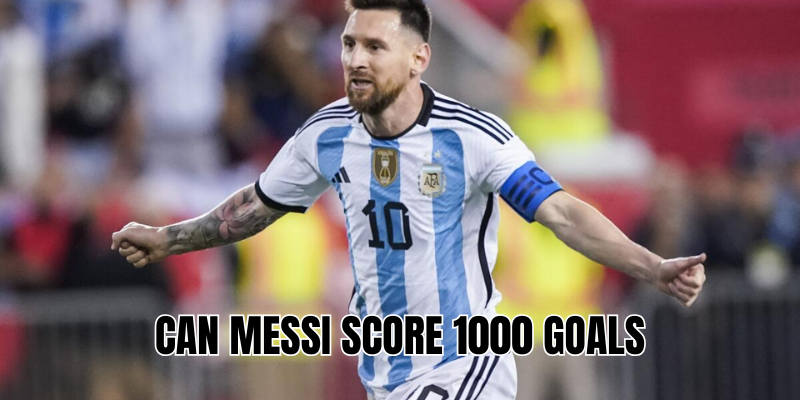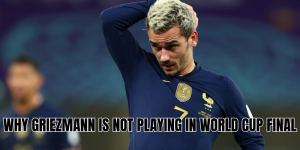Lionel Messi is more than a superstar — he’s a living legend whose name echoes through every stadium, every headline, every fan’s heart. As his career progresses dee, one question looms ever larger: can Messi score 1000 goals before it ends? In this article, AnaGoal will walk you through his current numbers, the challenges ahead, and the realistic probabilities. Ready your emotions — because this is not just math, this is a final sprint toward immortality.
Messi’s current tally and how far he is
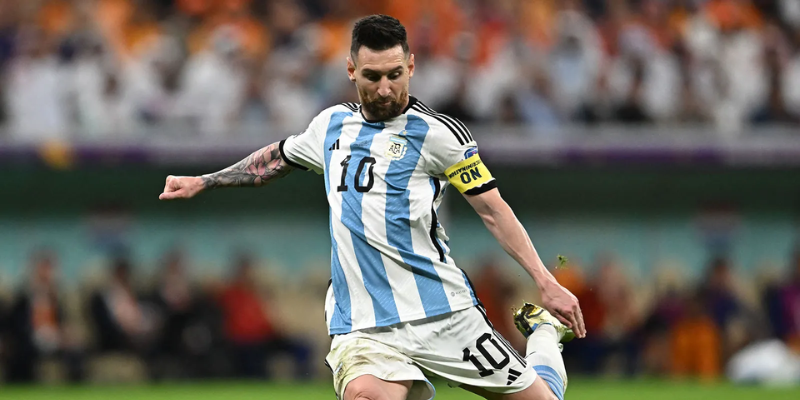
We must first know his present total—and that is trickier than it seems, given variations in sources and what counts as an “official goal.”
- Several recent analyses place Messi’s official career goals (club + country) in the ballpark of 860–880 goals in 2025.
- One estimative source claims Messi has scored 838 goals (729 club + 109 international) at a certain point.
- Others list him at 865 goals, with about 136 remaining to hit 1,000.
- Another keeps a running comparison to Cristiano Ronaldo: Ronaldo is closer, while Messi still needs more.
Thus, while the exact number is debated, it’s safe to say Messi has roughly 120 to 150 goals left to cross the mystical 1,000-goal mark.
But the gap tells just half the story. To bridge it, Messi would need to maintain high scoring efficiency in the years ahead, something more difficult with age, limited minutes, injuries, and changing roles on the pitch.
The challenges Messi faces at this stage
Even for a legend like Messi, the road to 1,000 goals is steep. Here are the key headwinds:
Aging, minutes, and physical decline
At nearly 39 years old, recovery is slower, injuries more probable, and stamina less enduring. He’s unlikely to play every game of every season. In many matches, substitutions or rest will reduce his scoring opportunities.
Competition and role shifts
He’s no longer playing in La Liga with the same dominance or in the Champions League regularly. In MLS and in international fixtures, the defenses adapt, and matches can be tighter. Also, he may increasingly adopt playmaking or rotational roles instead of pure finishing roles.
Fixture frequency and opponent quality
Lower-tier competitions or stretches with fewer matches reduce opportunities. Also, as teams defend him more aggressively or employ more physical play, breaking through becomes harder.
Diminishing returns
As he gets closer to 1,000, the “easier” goals fade. Free kicks, penalties, matches against weaker teams—those that once padded totals—become harder to exploit.
Projection: Can Messi still reach 1000?
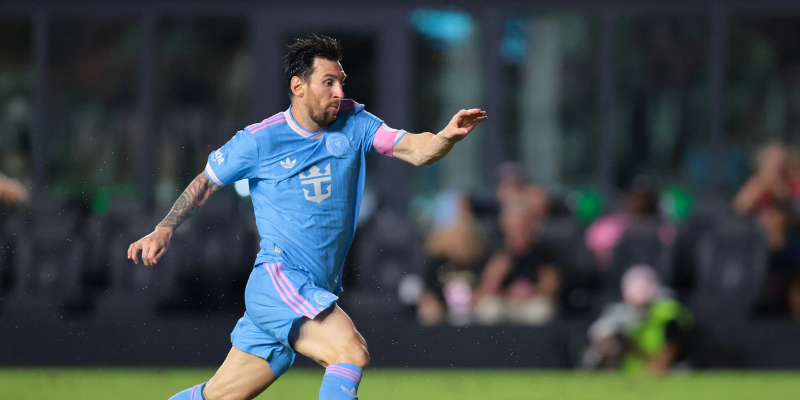
We can model a few scenarios to see whether it’s plausible:
| Scenario | Goals per Season | Seasons Needed | Age at Completion | Remarks |
| High case | 25 goals/year | ~5 seasons | ~43–44 | Requires near-peak fitness and heavy use |
| Mid case | 20 goals/year | ~6-7 seasons | 44–45 | More realistic but still demanding |
| Low case | 15 goals/year | ~8–10 seasons | 46–48 | Very unlikely given aging curve |
If Messi averages 20–25 official goals per year, he could conceivably reach 1,000 sometime in his early to mid-40s. That’s an uphill climb, but not purely fantasy.
Some estimations from analysts/projectors suggest:
- Messi might need 151 more goals, which at his current rate would take ~164 matches.
- If he maintains effective minutes and match involvement, the milestone is not mathematically impossible.
- But nearly all experts lean toward the verdict: extremely unlikely—but not ruled out entirely if conditions align.
Thus, yes — Messi can score 1,000 in a theoretical sense. But doing so would require defying age, consistently staying fit, being heavily relied upon, and keeping a scoring rate that most players drop off from by their mid-30s.
Historical context: 1,000 goals in football
Why is 1,000 goals such a holy grail? Because in modern, professional, recorded football, it’s nearly unprecedented. A few things to consider:
- Most legends retire well below it.
- The game today is more physically demanding, with more rotations, more defensive organization, and fewer margins.
- Counting standards vary: friendlies, exhibitions, unofficial matches are sometimes included historically, but purists count only official competition goals.
- Past giants (Pelé, Josef Bican, Romário) are often credited with inflated tallies that include friendlies or regional games.
So if a modern-era player were to hit 1,000 official goals, it would be historic in a way few precedents allow.
What must happen for Messi to hit 1000
To even have a fighting chance, several key conditions must align:
- Extended career longevity — He must continue playing into his mid-40s or beyond.
- High scoring rate — He can’t drop sharply. A goal rate above 0.4–0.5 goals. Frequent participation — He must play many matches each season, in club competitions, continental cups, and national games.
- Health and fitness — Avoiding long injury absences is vital.
- Motivation and opportunity — His coaches must keep trusting him as a finisher, not just as a cameo or mentor.
If anything falters — and history suggests many parts will falter — the possibility fades.
Comparison: Messi vs Ronaldo’s race
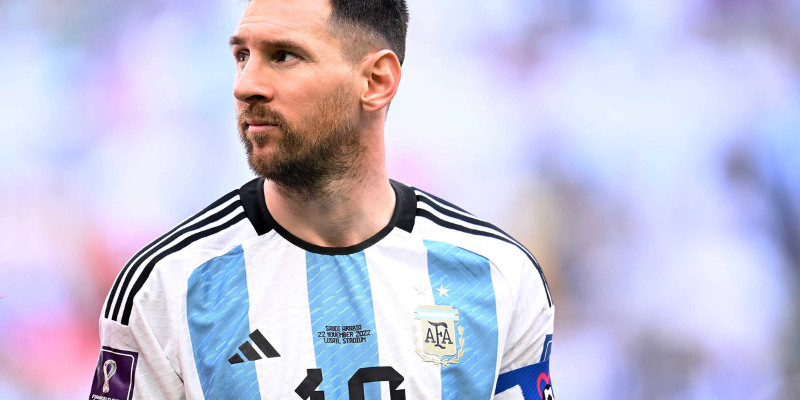
Many debates about the 1,000-goal question always include Cristiano Ronaldo — currently ahead in the tally and in prime age for scoring. Ronaldo is closer to 1,000 by virtue of longevity, prolific seasons in multiple leagues, and a role as main striker almost through his late 30s.
Messi’s trajectory is different: more dribbles, more creation, more evolving role. Ronaldo has leaned more into finishing. So while Ronaldo is often seen as more likely to reach 1,000, Messi’s style adds complexity to predictions.
But style differences can also slow things. Messi may have to stretch his career longer to make up for lower annual goal totals compared to Ronaldo’s finishing focus.
Risks, doubts, and caveats
- Official statistics are inconsistent across sources. What one compiles as “goals” another excludes (e.g. friendlies, exhibitions, minor cups).
- Age regression often accelerates after late 30s; few players maintain high outputs beyond 36–37.
- Coaching decisions: rotational squads, resting, substitution usage could limit his match minutes.
- Motivation: as his career winds down, he might prioritize legacy matches, national pride, or fitness management over chasing numbers.
Thus, the path is perilous. The possibility is there, but the odds are stacked against him.
Conclusion
Can Messi score 1000 goals? The answer is: yes, in theory — but only in a very narrow window of exceptional performance, endurance, and fortune. Reaching that threshold would demand he defy typical age decline, avoid injury, keep being selected and heavily used, and maintain goal-scoring consistency past the norm.
For the fans following Messi’s journey now, the quest becomes one of suspense: Will the next seasons be full of fireworks, or will nature’s clock claim even the greatest? As each match plays out, every goal scored is a heartbeat in that final dash toward 1,000.
If you enjoyed diving into Messi’s numbers, evolution, and chances, AnaGoal invites you to explore more —, deep-dive player stats, to top-lists and transfer updates. Stay with us as we follow every twist in this legend’s story.
